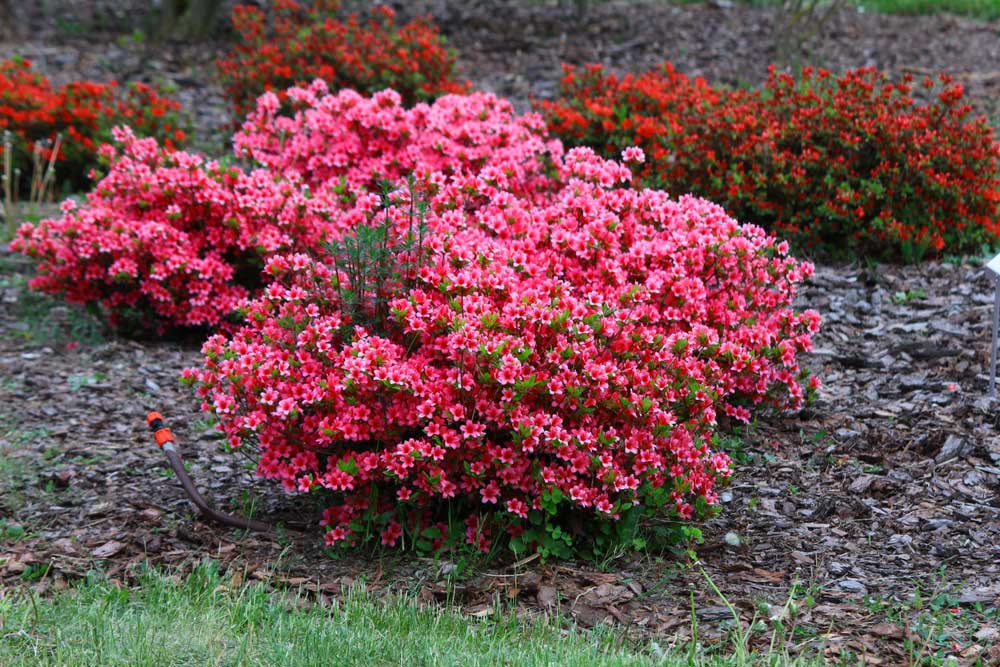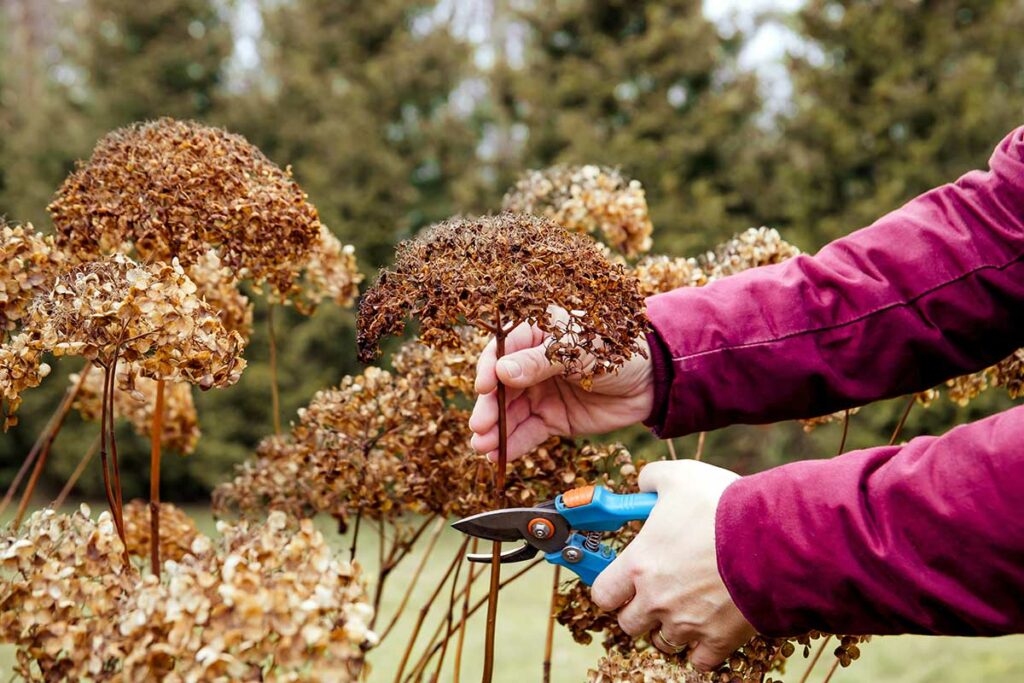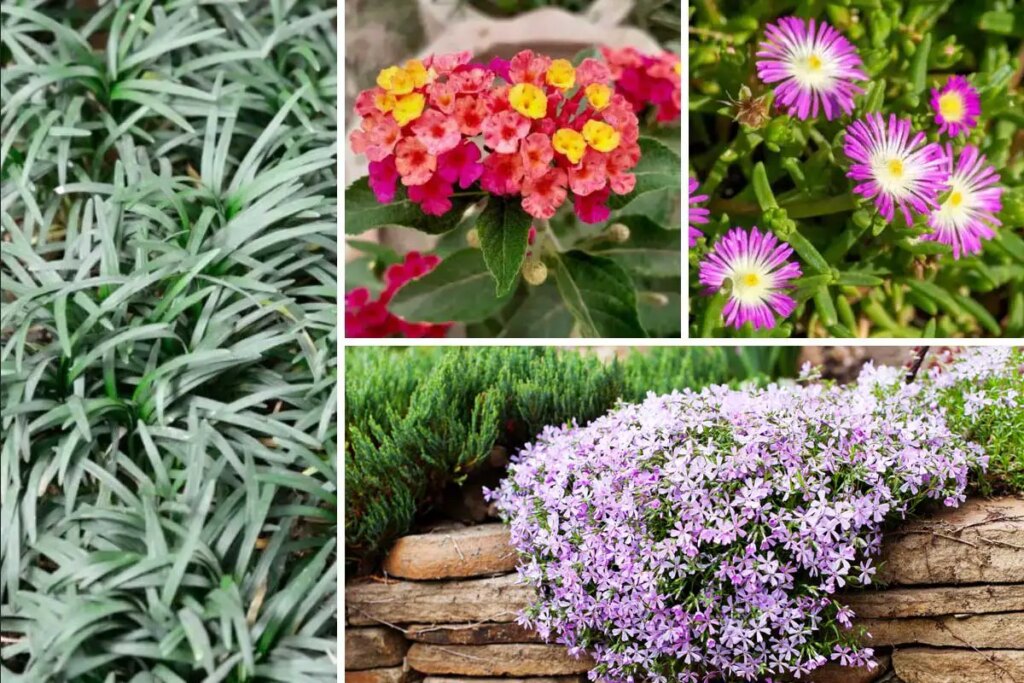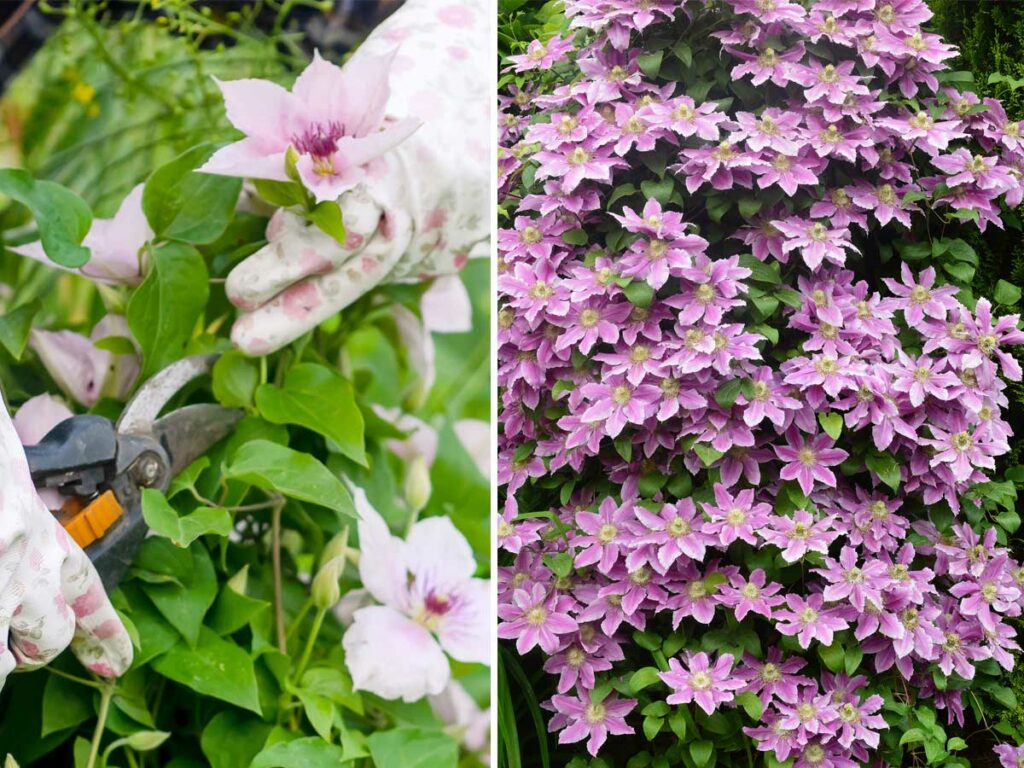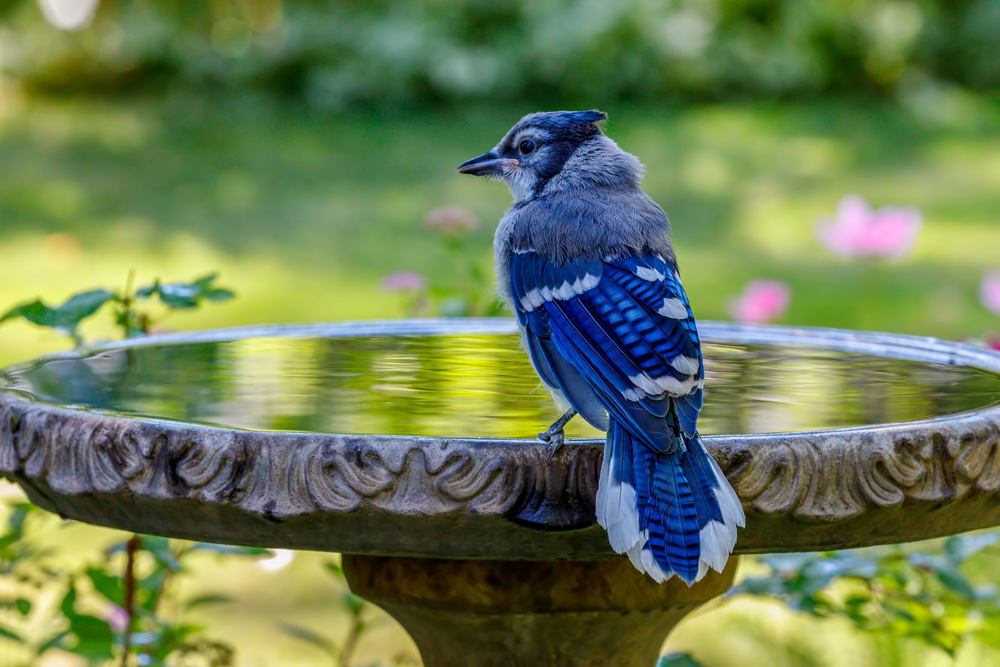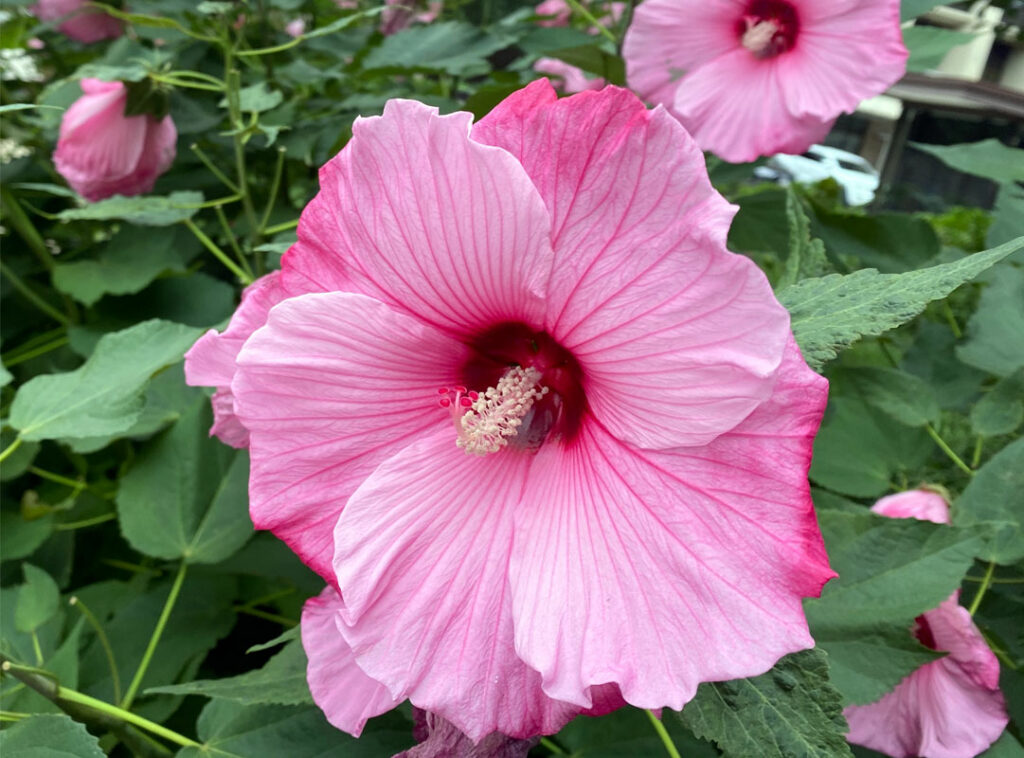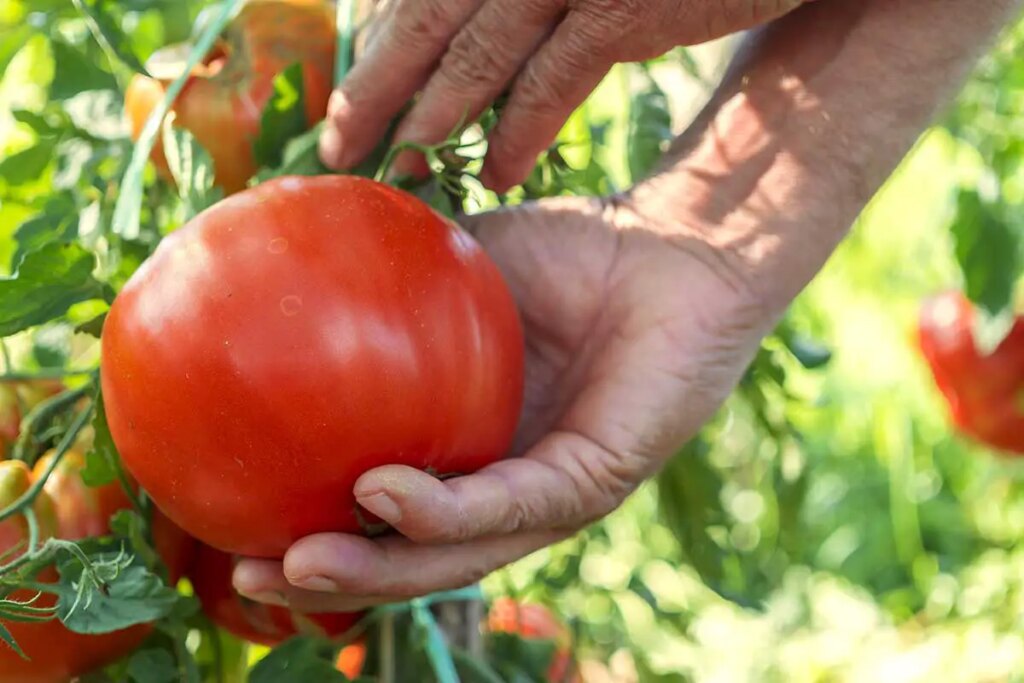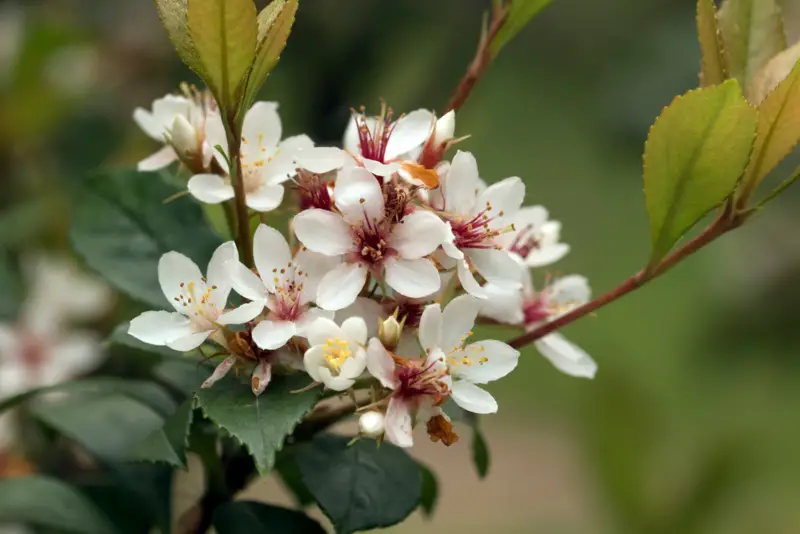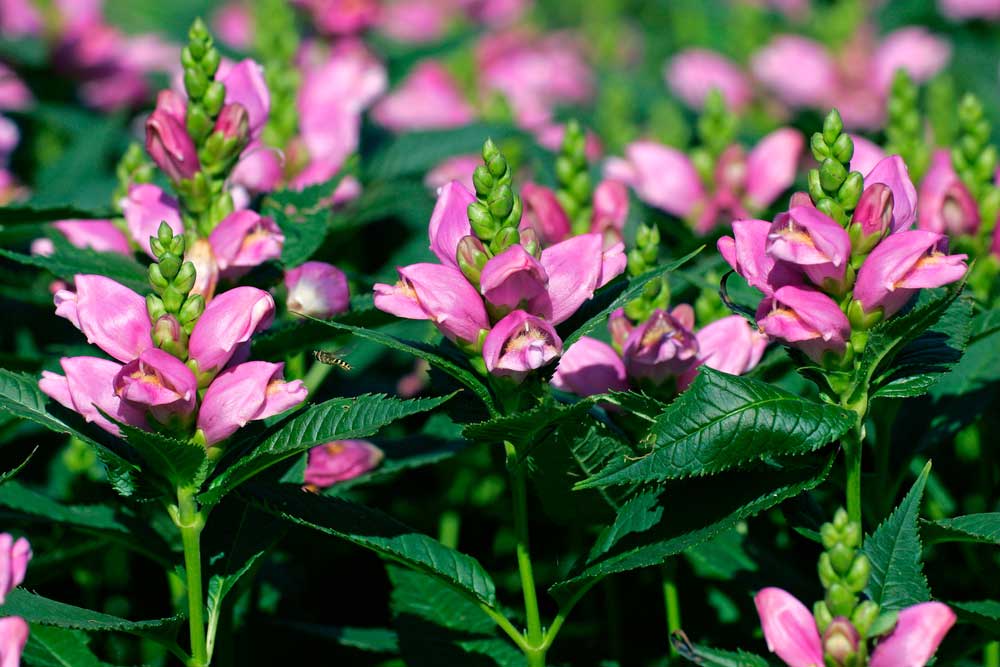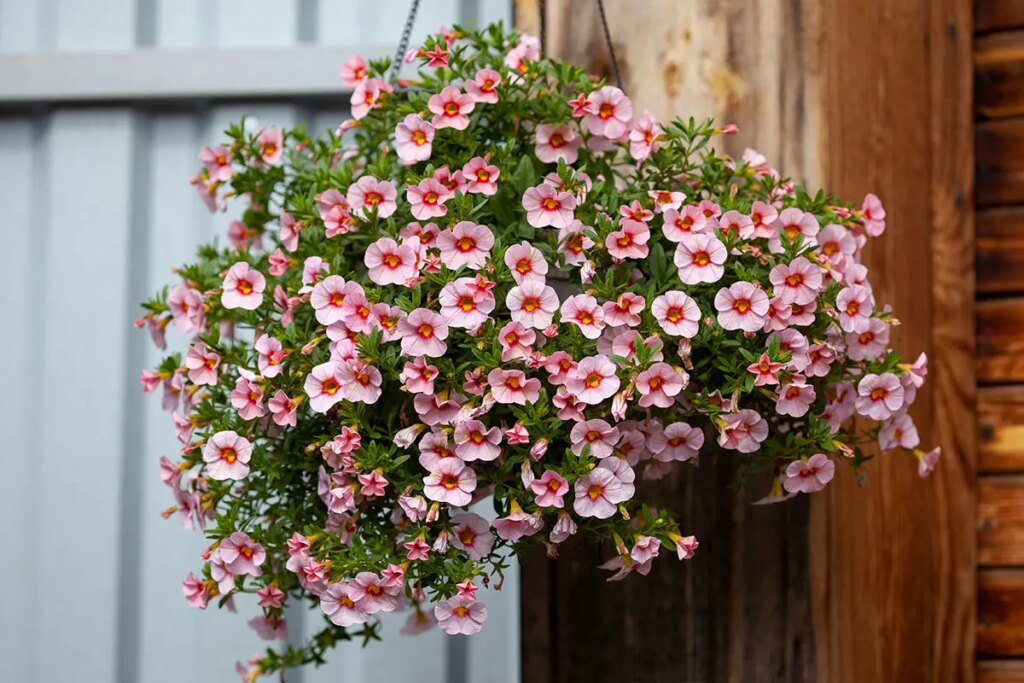
Summer is here, and it’s time to bring some life to your outdoor space with beautiful hanging baskets. You might be wondering how to keep those gorgeous blooms thriving all season long.
Luckily, with a few simple tips and tricks, your hanging baskets can maintain their vibrancy even through the hottest months.
Taking proper care of your hanging baskets is crucial to ensure they continue to bloom throughout the summer. From watering and feeding to pruning and choosing the right plants, we’ve got you covered with four easy-to-follow tips.
With a little effort and dedication, you’ll be able to enjoy the stunning beauty of your hanging baskets all summer long.
So, let’s dive into these helpful guidelines that will transform your outdoor spaces into stunning environments.
Your friends and neighbors will surely be impressed by your dazzling display of blooming hanging baskets all season long. Follow these tips, and your outdoor paradise awaits you.
1. Choose the Right Plants
When it comes to keeping your hanging baskets blooming all summer long, selecting the right plants is crucial. In this section, we’ll go through some factors to consider, such as sunlight requirements, flower types, and low-maintenance options.
Sunlight Requirements
First, assess the amount of sunlight your hanging baskets will receive daily. Different plants have varying sunlight preferences, so it’s essential to choose the ones that will thrive in your specific environment. Some general guidelines are:
- Full sun plants (6+ hours of direct sunlight): Geraniums, Petunias, Verbena
- Partial sun/shade plants (3-6 hours of direct sunlight): Fuchsias, Impatiens, Begonias
- Shade plants (less than 3 hours of direct sunlight): Ferns, Hostas, Ivy
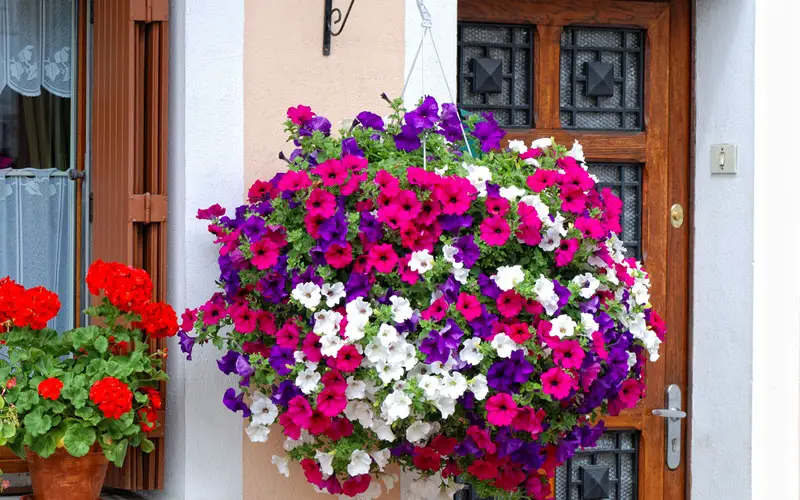
Flower Types
Next, consider the visual appeal of your hanging baskets. Combine plants with various flower shapes, colors, and sizes to create an attractive and diverse display. Some popular options include:
- Cascading blooms: Cherry and Snowstorm trailing petunias offer a vibrant cascade of flowers, perfect for draping over the basket’s edge.
- Upright/erect growers: Geraniums and Salvia add height and structure to your basket’s center.
- Fillers: Lobelia, Bacopa, and Calibrachoa can fill in gaps between larger plants, providing a lush and full appearance.
Low Maintenance Choices
If you’re looking for low-maintenance options, some plants require less care than others. These choices will still provide a stunning display without demanding too much attention:
- Succulents: Drought-tolerant and easy to care for, succulents like Sedum and Echeveria are perfect for busy gardeners or those in arid climates.
- Drought-tolerant annuals: Lantana and Portulaca can handle infrequent watering and still thrive.
- Self-cleaning plants: Some plants, like Petunias and Calibrachoa, do not require deadheading, making maintenance a breeze.
By considering sunlight requirements, flower types, and low maintenance options when choosing plants for your hanging baskets, you’ll be well on your way to creating beautiful, long-lasting displays all summer long.
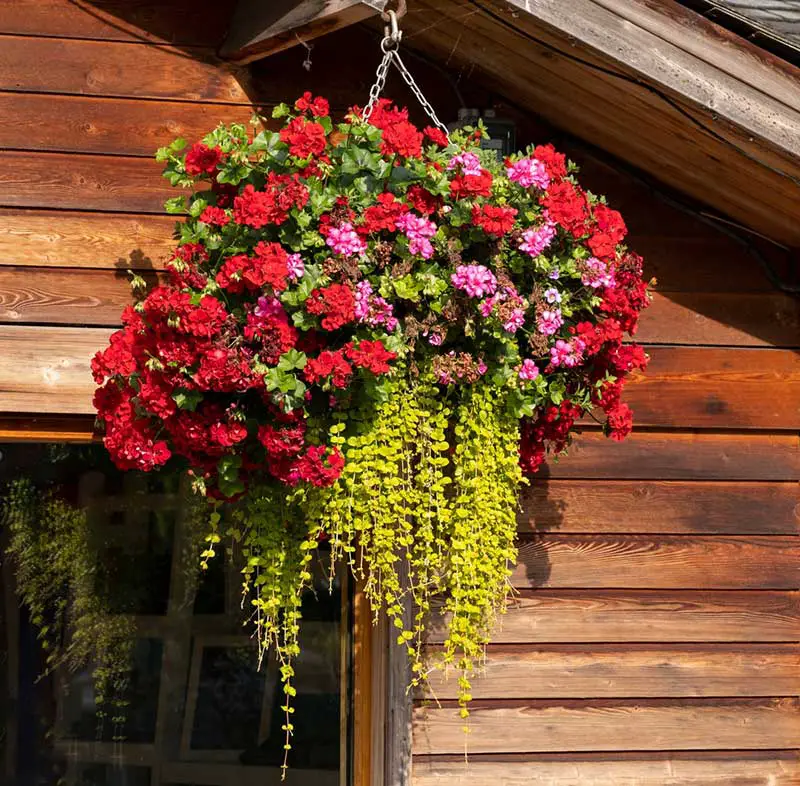
2. Proper Watering Techniques
Watering Frequency
To keep your hanging baskets blooming all summer, it’s important to water them consistently. You should check the moisture level of the soil daily and water when the top inch feels dry. Be sure to water thoroughly, allowing water to drain out of the basket, which will prevent root rot.
During hot summer days, you may need to water your hanging baskets twice a day, especially if they are exposed to direct sunlight. It’s key to keep an eye on the soil moisture and adjust your watering schedule accordingly.
Drip Irrigation System
A drip irrigation system can be a time-saving and efficient way to water your hanging baskets:
- Automated: Set a timer to water your plants consistently without your intervention.
- Water-Saving: Drip system reduces water evaporation and provides water directly to the roots.
- Reduced Stress: Less watering by hand and more leisure time to enjoy your blooming baskets.
To set up a drip irrigation system, connect a main water line to a drip emitter and place the emitter in the hanging basket. Adjust the flow rate to deliver the right amount of water to your plants.
Signs of Underwatering and Overwatering
It’s essential to recognize the signs of underwatering and overwatering in your hanging baskets to maintain their health:
| Underwatering | Overwatering |
|---|---|
| Wilting leaves | Yellowing leaves |
| Dry and crumbly soil | Soggy and waterlogged soil |
| Slow growth | Root rot and fungal diseases |
By knowing these signs, you can correctly adjust your watering techniques to ensure your hanging baskets stay blooming and vibrant throughout the summer.
3. Fertilization and Nutrition
Proper fertilization and nutrition are essential for keeping your hanging baskets blooming all summer long. In this section, we will discuss the types of fertilizers and the frequency of feeding for hanging baskets.
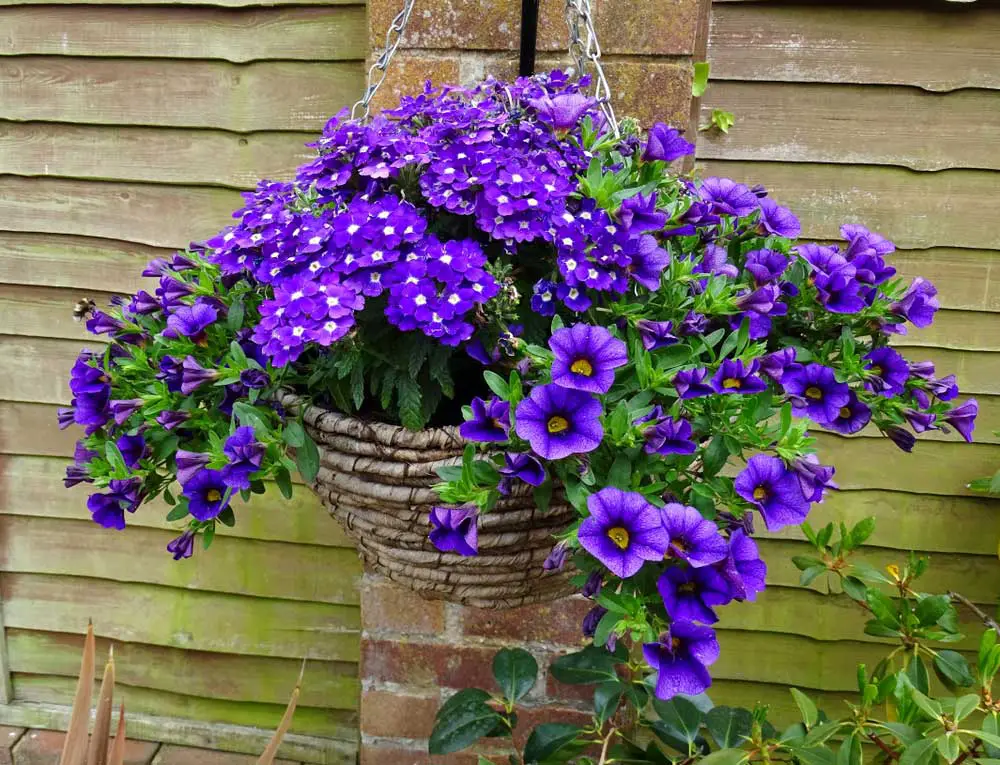
Type of Fertilizer to Use
It’s crucial to choose the right type of fertilizer for your hanging baskets. There are two popular types of fertilizers to consider:
- Slow-release fertilizer: As the name suggests, a slow-release fertilizer provides nutrients to your plants over a more extended period of time. You can mix this with your potting soil at the time of planting, and it will continue to feed your plants throughout the growing season.
- Water-soluble fertilizer: A water-soluble fertilizer is faster acting and applied by mixing with water. You apply it with your regular watering routine, which helps provide a consistent supply of nutrients to your plants.
Both types of fertilizers are effective, and you can even use a combination of both for optimal results. Just ensure you follow the manufacturer’s instructions regarding the application rates.
Frequency of Feeding
Regular feeding is essential for maintaining vibrant, blooming hanging baskets. Here’s a simple guideline to follow for standard feeding frequencies:
- Slow-release fertilizer: Apply according to the manufacturer’s recommendations, typically, every 8-12 weeks during the growing season.
- Water-soluble fertilizer: Apply more frequently, usually every 7-14 days throughout the growing season.
Remember to keep an eye on your plants and adjust the feeding frequency as needed based on their appearance and growth. If you notice the foliage turning yellow or the blooms starting to dwindle, it’s likely time for a nutrient boost.
4. Trimming and Pruning
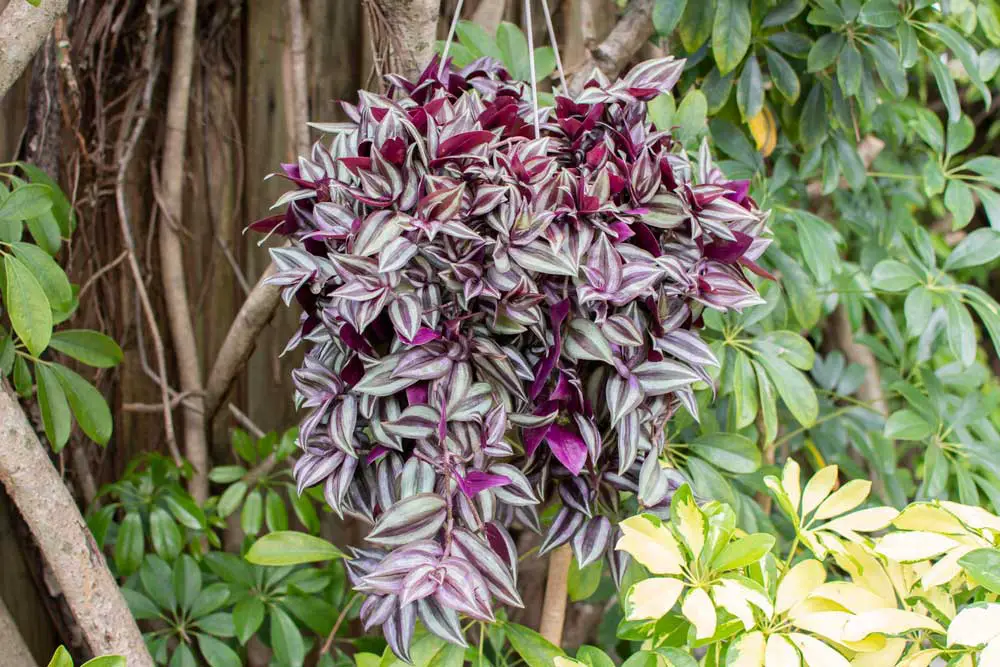
Deadheading Spent Flowers
To keep your hanging baskets blooming all summer long, it’s important to remove the spent flowers regularly. Deadheading encourages the growth of new blooms.
To do this, simply pinch off any wilted or spent flowers at the base of the stem, just above the first healthy leaf or bud.
This not only keeps your baskets looking fresh but also conserves energy for the plant to produce more beautiful flowers.
Pinching Back for Bushier Growth
Promote bushier growth by pinching back the tips of your plants’ stems. This encourages lateral growth and results in a fuller, more attractive hanging basket.
To pinch back your plants, remove the top inch or so from the stem just above a set of healthy leaves or buds. Make sure you do this early in the season, as pinching back later on may hinder blooming.
Aim to pinch back your plants about once every two or three weeks for the best results.
By following these simple tips, you’ll give your hanging baskets the best chance at thriving and blooming throughout the entire summer season.





